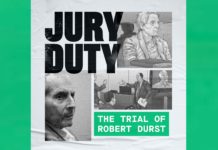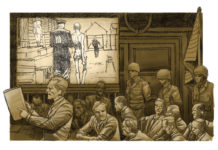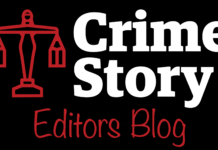Welcome to our weekly review of the events at crimestory.com.
This week we published a number of exciting and unique pieces on the site, and thereby demonstrated how innovative Crime Story can be in exploring the areas where crime, justice and storytelling meet.
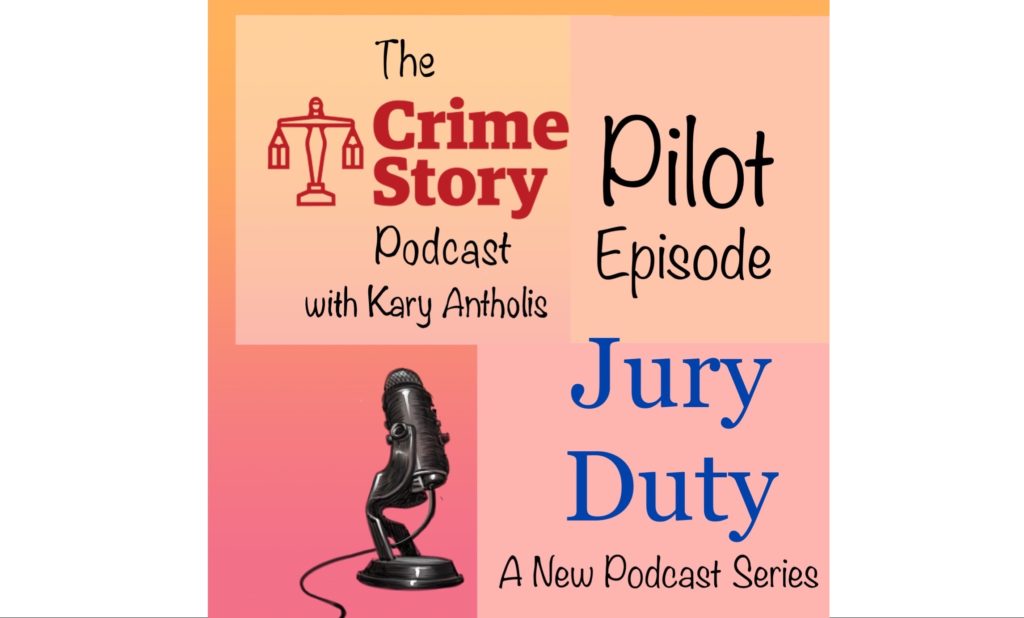
On Monday we introduced the pilot episode of Jury Duty, a new Podcast Series which is intended be a fun, lively, up-to-the-moment and free-ranging forum for the discussion of crime and justice storytelling, news and narrative analysis. The pilot features a discussion between Crime Story Reporter Molly Miller and me about the stories, themes and issues that have arisen in Molly’s coverage of the Los Angeles Criminal Justice System.
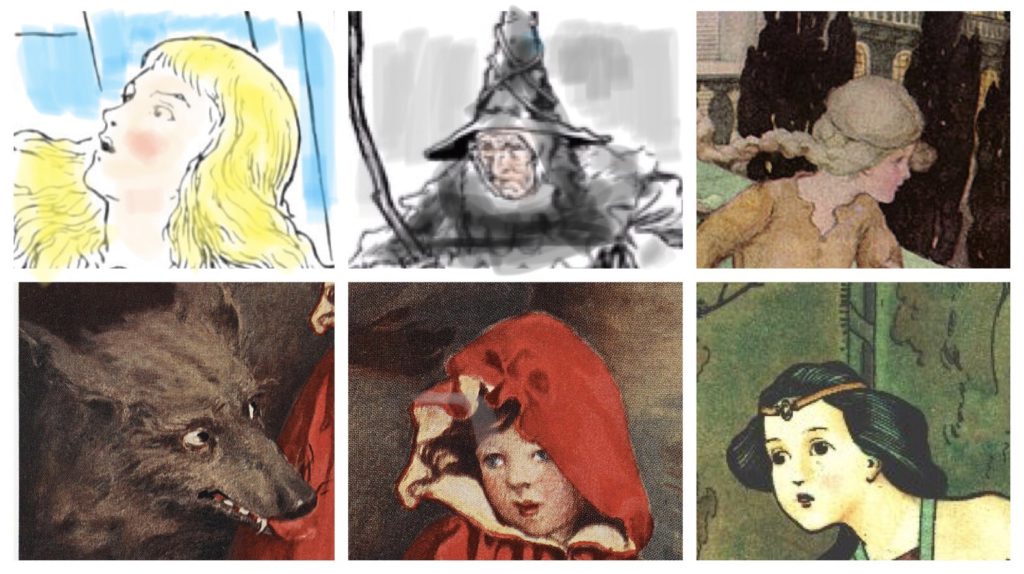
On Tuesday, we published Molly Miller’s The Six Pack which examines some of the inherent problems with evidence that relies on witnesses’ memories. In this instance we explore the use of a sheet of paper with six photographs, often called a six-pack, which is often used to serve as a two dimensional line-up. Five “filler” photographs of individuals who look similar to the suspect are displayed along with a photograph of the suspect. Molly’s piece explores a real case where the circumstances of a witness’s six-pack ID is so problematic that its probative value seems substantially outweighed by its prejudicial effect.
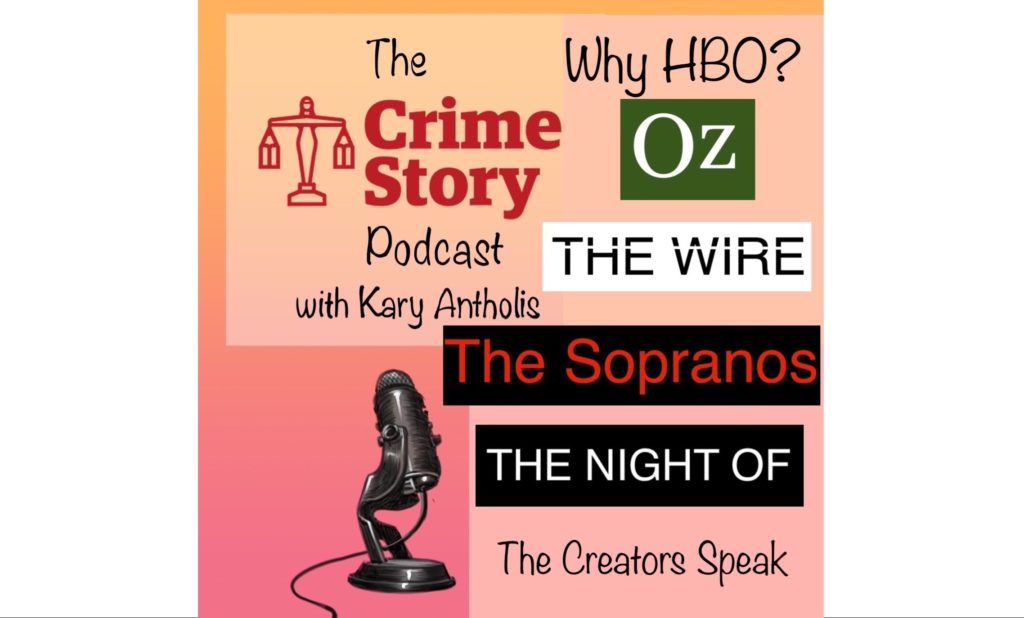
Next, we offered a special compilation of Crime Story Podcast excerpts.
Since Tom Fontana’s Oz launched in July of 1997, HBO has produced some of the most groundbreaking and influential crime TV series of all time, and the creators of four of those series have been guests on the Crime Story Podcast.
On Wednesday’s episode, called Why HBO? The Creators of the Great Pay TV Crime Dramas Speak, we used excerpts from interviews with Fontana, David Simon (The Corner, The Wire), David Chase (The Sopranos) and Steve Zaillian (The Night Of) a look at why these creators believe that HBO was such a special place for them to work.

On Wednesday night, the first Candidate Debate for the 2020 Los Angeles District Attorney race was held at the California African American Museum in LA. The debate attracted a standing room only crowd and was replete with emotional moments that served to underscore how personal and intensely followed this election will be.
Only two candidates appeared at the event: Former San Francisco DA George Gascon, and former federal and county Public Defender and former US Senate aide, Rachel Rossi. LA Deputy DA, Richard Ceballos, dropped out of the race the previous night, and Current District Attorney, Jackie Lacey did not appear.
In the coming weeks, Crime Story will do in depth analyses of the issues that will dominate this election. However, in The First LA District Attorney Debate: Urgent, Passionate and Incomplete, I give a brief overview of some of the key aspects of that debate.

Georgetown Law Professor Paul Butler has spent a good deal of time over the past month offering commentary – on MSNBC, here at Crime Story and in lectures around the country – about the efforts by the Trump Administration and by Attorney General William Barr to demonize the legitimate grievances of racial justice movements.
On Friday, in his piece The Promise and Failure of “Queen & Slim”, Butler called out a fatal flaw in this otherwise masterful film. The filmmakers, Butler asserts, “repeat a vicious lie about black resistance” that echoes the Attorney General’s assertion “that demanding police accountability is dangerous and disrespectful to cops… [These filmmakers] had a responsibility,” Butler writes, “to demonstrate that tradition [of black protest] accurately, and their failure to do so undermines not just a movie, but a movement.”
For those of you wondering how you can catch up on previous Crime Story newsletters, just click here and your question shall be answered.
We close this week, as is our habit, with Hannah Teich’s curated selection of some of the more interesting stories from Crime Story Daily over the past week.
Hannah, who edits this Daily section, groups the aggregation into four general topic areas: criminal justice policy reporting; muckraking/watchdog reporting; complex crime storytelling; and stories that examine the impact of criminal justice and true-crime in the culture.
Click here to go to Hannah’s weekly essay.
Thanks for reading and listening.
Kary Antholis
Publisher/Editor, Crime Story


